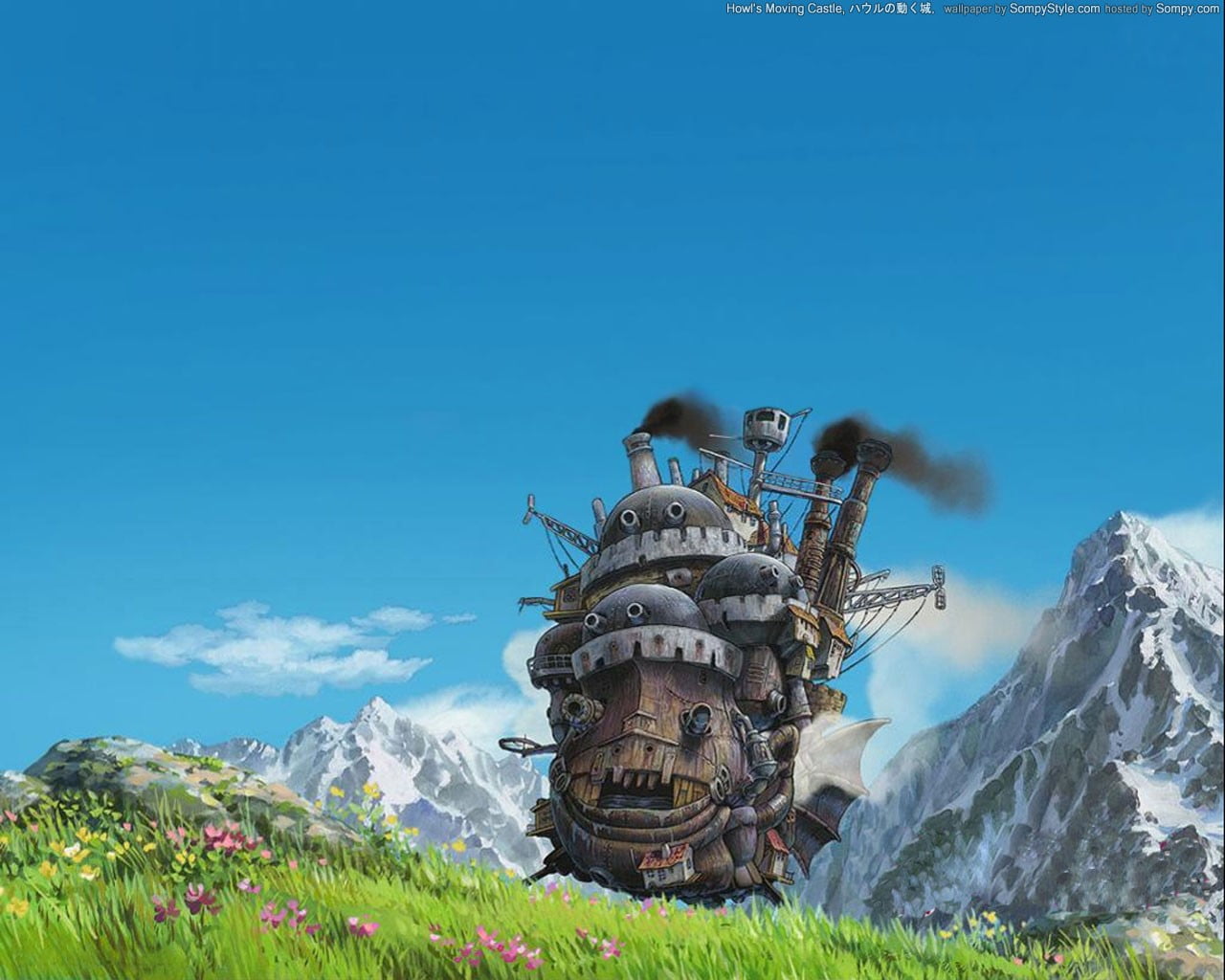


In 403, Emperor Honorius included the building in the Aurelian Walls, transforming it into a fortress beyond the Tiber to defend Rome, while the city’s noble families continued to contend for its ownership. Inspired by the Mausoleum of Augustus (located between Via Ripetta and Via del Corso) the Mausoleum of Hadrian was completed in 139 AC on the right bank of the Tiber River before the Sant’Angelo bridge, separated from the Vatican City - just 420 meters away - by Via della Conciliazione.

And while Rome overflows with monuments and mysterious sites on every corner, it’s perhaps Castel Sant’Angelo - from construction to present day - that best represents the city’s transformation throughout the centuries.ĭesigned by Demetriano on the orders of Emperor Hadrian, Castel Sant’Angelo was originally created as a mausoleum for the ruler and his family. Its history, along with the countless vicissitudes that occurred in and around its premises, have inspired writers like Dan Brown, whose novel Angels and Demons names Castel Sant’Angelo as a meeting place for the Illuminati. Castel Sant’Angelo in Rome, with its iconic round form, is a mausoleum, a fortress, a museum, and a treasure trove of cultural gems.


 0 kommentar(er)
0 kommentar(er)
